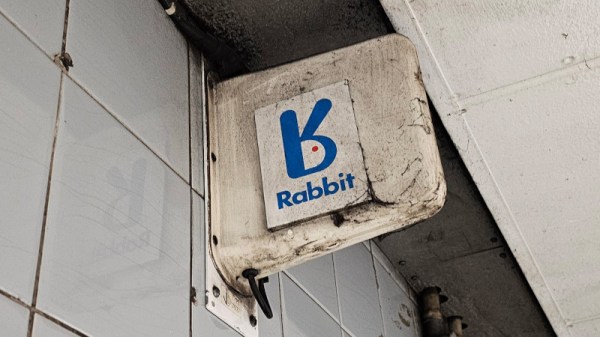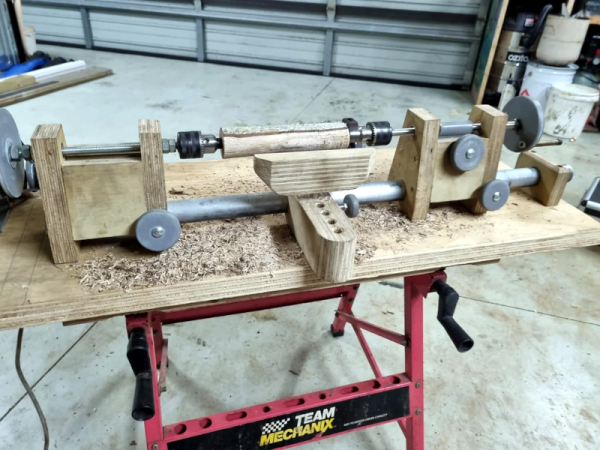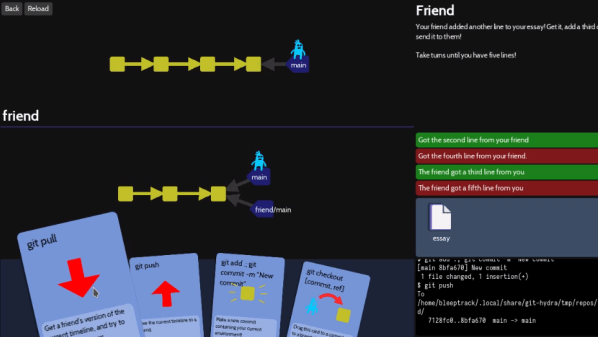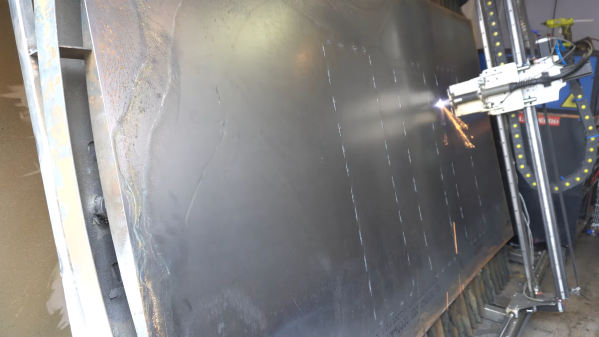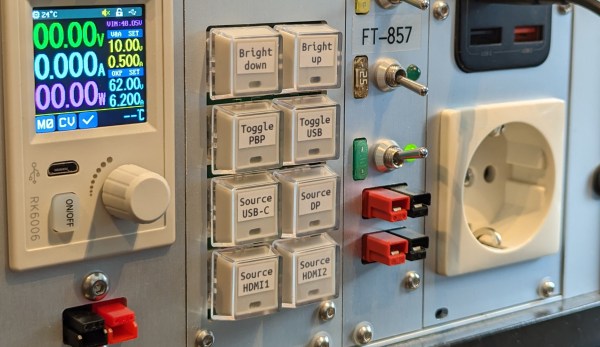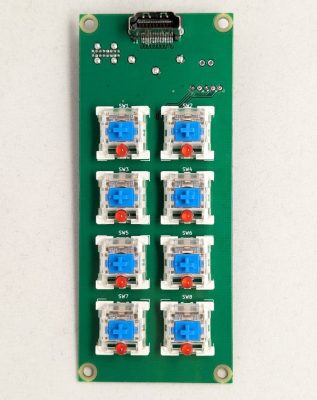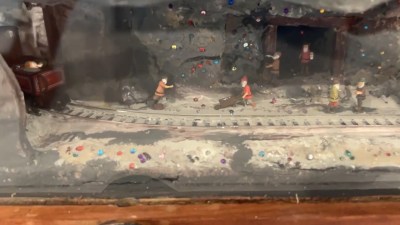Here at Hackaday we’re suckers for old abandoned technologies, the more obscure the better. The history of the telephone has plenty to capture our attention, and it’s from that arena that something recently floated past our timeline. [IanVisits] reports a sighting of a Rabbit in a London Underground station. The bunny in question definitely isn’t hopping though, it’s been dead for more than three decades. It’s a base station for a failed digital mobile phone system.
We’ve had a look in the past at CT2, the system this Rabbit base station once formed part of. It was an attempt to make an inexpensive phone system by having the handsets work with fixed base stations rather than move from cell to cell. It was one of the first public digital mobile phone systems, but the convenience of a phone that could both receive calls and make them anywhere without having to find a base station meant that GSM phones took their market.
The one in Seven Sisters tube station is a bit grubby looking, but it’s not the only survivor out there in the field. We have to admit to being curious as to whether it’s still powered on even though its backhaul will be disconnected, as in our experience it’s not uncommon for old infrastructure to be left plugged into the wall for decades, unheeded. Does anyone fancy sniffing for it with a Flipper Zero?

